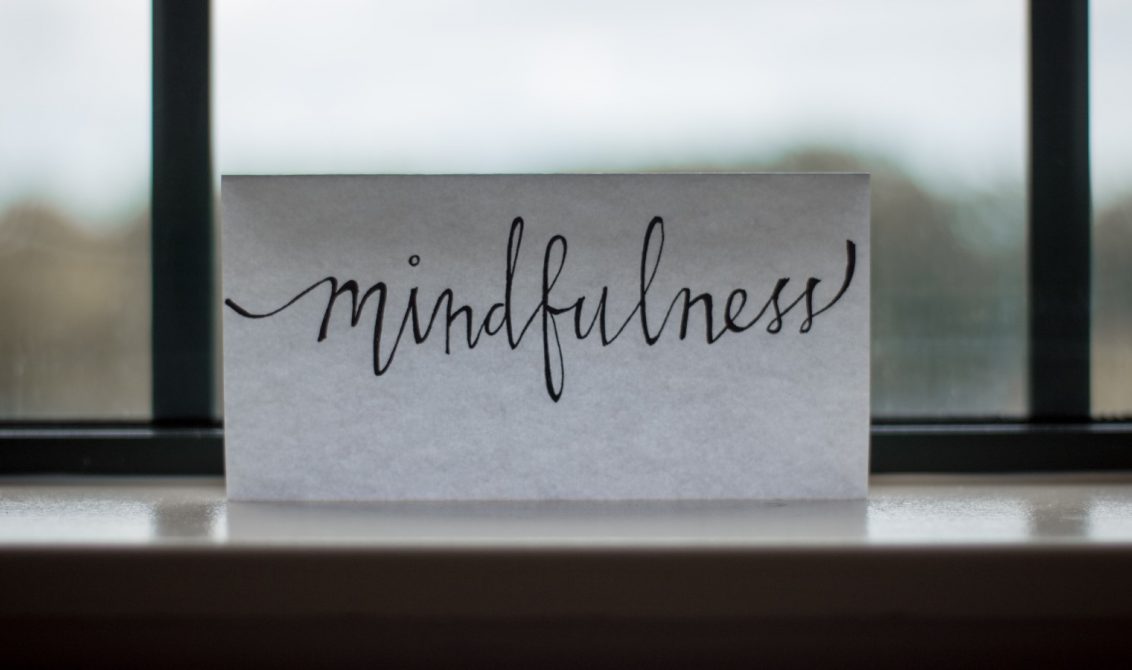
Mindfulness can be very powerful in growing resilience, patience and confidence in teenagers. Discover how to bring it into your classroom and send your students off on a journey of self-esteem.
Mindfulness is the skill of paying conscious objective attention to the present moment, without judgement, with curiosity and with kindness. As soon as we are more aware of the present, we become aware of our thoughts, feelings and bodily sensations so that instead of becoming overwhelmed by them, we can manage them with a bit of perspective. If we carry on running on autopilot, we can miss the thoughts, feelings and sensations happening underneath and in times of stress or change, they can end up spiralling into stress and low mood.
Let’s look at how mindfulness can help support us and our students, in the context of four challenges we’ve identified in the series so far.
1. Large and fluctuating emotions: fostering patience and perspective
Mindfulness practice teaches students to observe their thoughts, feelings and sensations at any given moment, with objectivity and kindness. We learn to sit in stillness and notice that thoughts and feelings come and go without defining us. As we learnt last week, in adolescence the brain makes it very difficult for the student to logically process and regulate emotional information, so anything we can do to help them find some space and perspective from which to observe those emotions objectively is helpful. It not only fosters resilience around waiting for challenging feelings to pass, but also help them see that they are not defined by them, fostering assurance in their own esteem.
2. Anxiety and stress at school: encouraging calm
Mindfulness can actively make us calmer. The limbic system – responsible for regulating emotion – is undergoing a major refurbishment in the teenage brain. This means they find it much easier to slip into fight or flight mode and find it harder to calm it down. By simply watching our breathing in mindfulness meditation, we naturally slow down our breath and activate the parasympathetic nervous system. The fight or flight system (the sympathetic nervous system) then cannot work at the same time so we calm down. The more we do this consciously, the more familiar the brain gets with the process and it starts to be able to do it itself automatically. This is a really helpful neural habit to embed in the rapidly developing teenage brain.
3. Fitting in socially and academically: noticing goalposts
By learning to regularly check in with their thoughts, feelings and sensations in the present, students can also use mindfulness to observe objectively what might be affecting their mood and thoughts at any given moment – quite often social and academic pressure. When we run on autopilot, it is difficult to notice if we have fallen into the habit of comparing ourselves to how we think we should be behaving or performing at school. Equally, when under pressure themselves, educators can also unconsciously begin measuring students against how they should be performing or behaving, which creates extra pressure on top and lots of impulsive reactions and moods.
Mindfulness helps us notice if we are creating a discrepancy in our minds between how we ‘should’ be, compared to how we are, and then manage it in a healthier, more self-compassionate way. We learn to accept how we are right now, laying the foundations for confidence and self-esteem as adults.
4. Under-developed logic function: improved concentration
Mindfulness is the act of focusing, of concentrating. A key vehicle to mindfulness is to practice concentrating on the flow of breath in and out of the nose. This acts as an anchor. Regular practice develops grey matter in the areas of the brain associated with focussing attention at a time when the teenage student needs it most, and at a time when the brain is deciding what it needs and doesn’t need.
(Would you like to know a secret? All of these benefits apply to us as adults too.)
So how can we bring mindfulness into the classroom?
Meditation is a vehicle for learning mindfulness. It a way of actively anchoring ourselves into the present moment in a purposeful way. It’s a bit like using a driving lesson on a quiet road to learn how to drive, rather than trying to drive straight away on our own on a busy motorway.
Except you don’t need to sit cross-legged on a mountain top to do it. All you need is you, some quiet classroom time, and your breath.
Practising little and often is the key to really noticing the benefits for both you as an educator and for your students, so here are two short exercises to try together:
Meditation 1: Counting the breath
- Ask your students to find a comfortable seated position. Arranging chairs or cushions in a circle can be a really nice way to create a supportive space and a dedicated time in the class. It helps for the spine to be fairly straight, rather than slumped, reaching up through the crown of the head.
- If they feel comfortable to do so, invite the students to close their eyes.
- Invite them to notice the physical contact they are making with the chair or floor.
- Next, draw their attention to the sounds around them in the room or outside. Suggest that they acknowledge the sounds and let them be, without following the urge to label them or associate them.
- Then draw their focus to the sensation of the breath going in at the nostrils and out again.
- Invite them to count ten breaths pass in and out of the nostrils, just observing each one come and go. As the students continue to practice, you can invite them to extend the count to two rounds of ten breaths, three rounds, and so on.
- Guide their awareness back to the sounds again, followed by noticing the physical contact with the chair or cushion.
- Re-open the eyes and come back into the space.
Meditation 2: Positive affirmation
This is a great one to do at the start of the day, or around exams. Slotting a positive message into their subconscious can boost their self-belief for the rest of the day and will accumulate over time.
- Guide the meditation as described in the counting the breath meditation above.
- After the first round of counting, invite the students to reflect on a positive statement relevant to their context, for example: I am human, I am patient, I am good enough just as I am.
Patiently practice these simple activities regularly both yourself and with your students, ideally seeing if you can fit them into daily class routine and see what effect they have on mood and concentration over a few weeks.
[Photo by Lesly Juarez on Unsplash]
About the author
Amy Malloy is a freelance writer and editor, and the founder of No More Shoulds.com, teaching mindfulness for healthier, kinder minds. With 15 years’ experience in teaching and educational publishing, she now combines first-hand understanding with wellbeing practices to help educators and students find inner calm in a stressful world.

